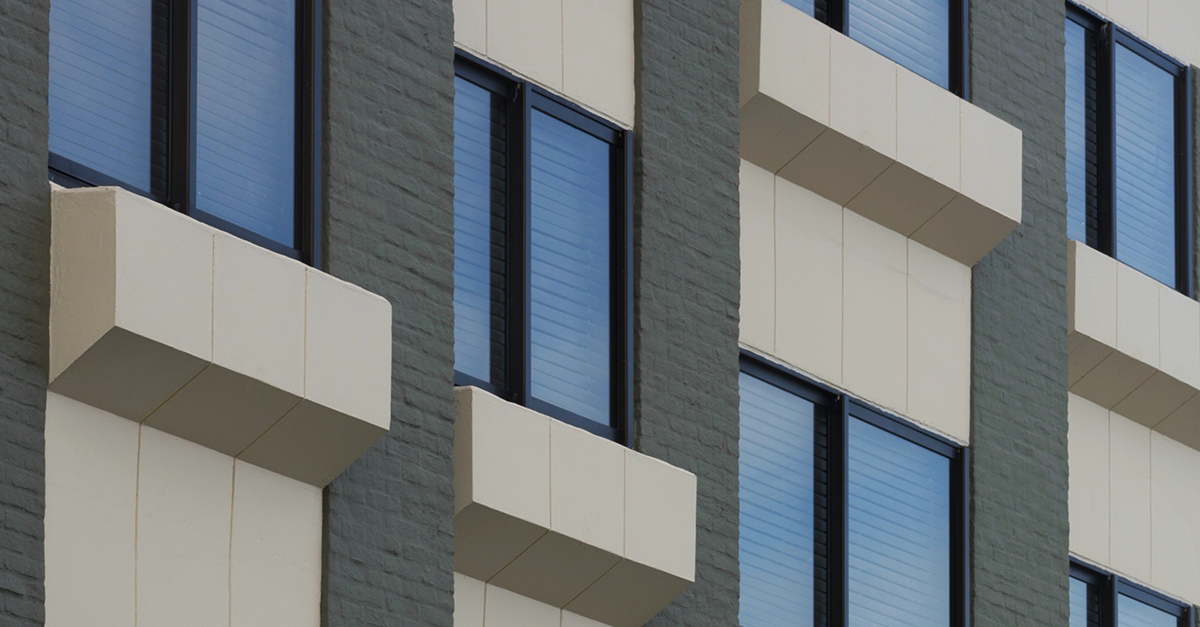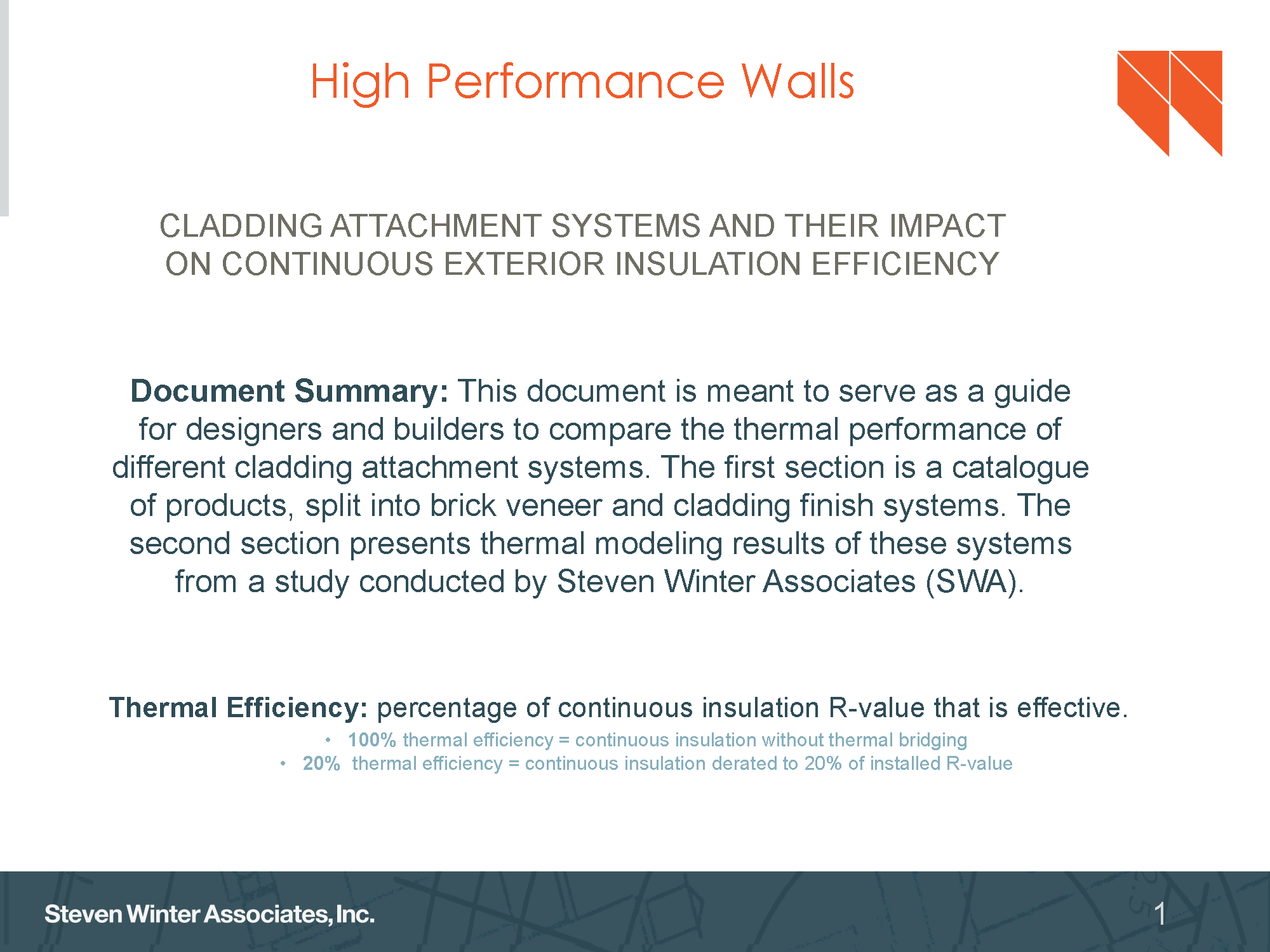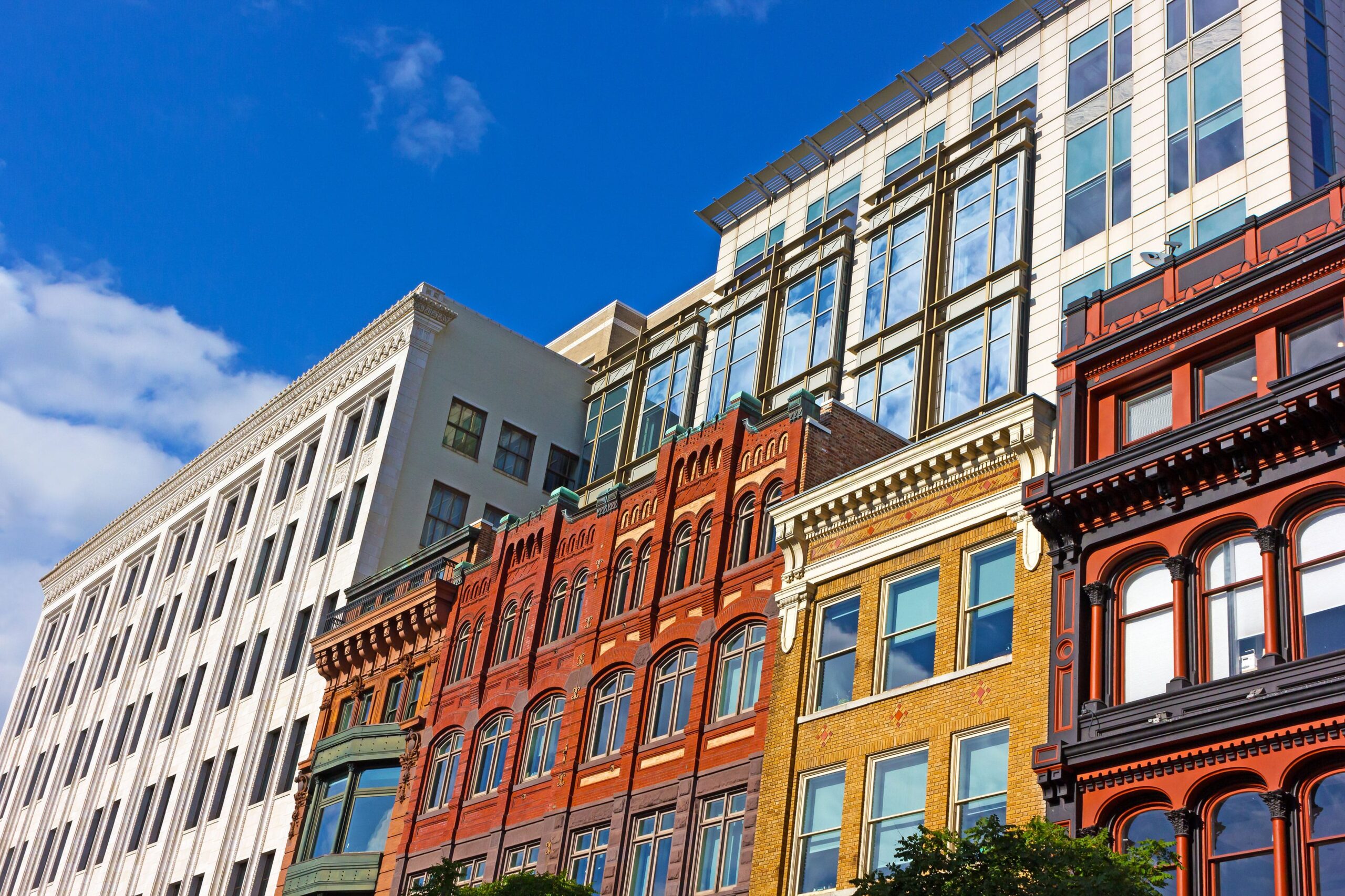

Oversizing VRF Systems Will Cost You in Equipment and Energy
In a DOE-sponsored study, SWA uncovered why one VRF system used six times less electricity per square foot than another across two similar high-rise apartment buildings in New York City.
Read




